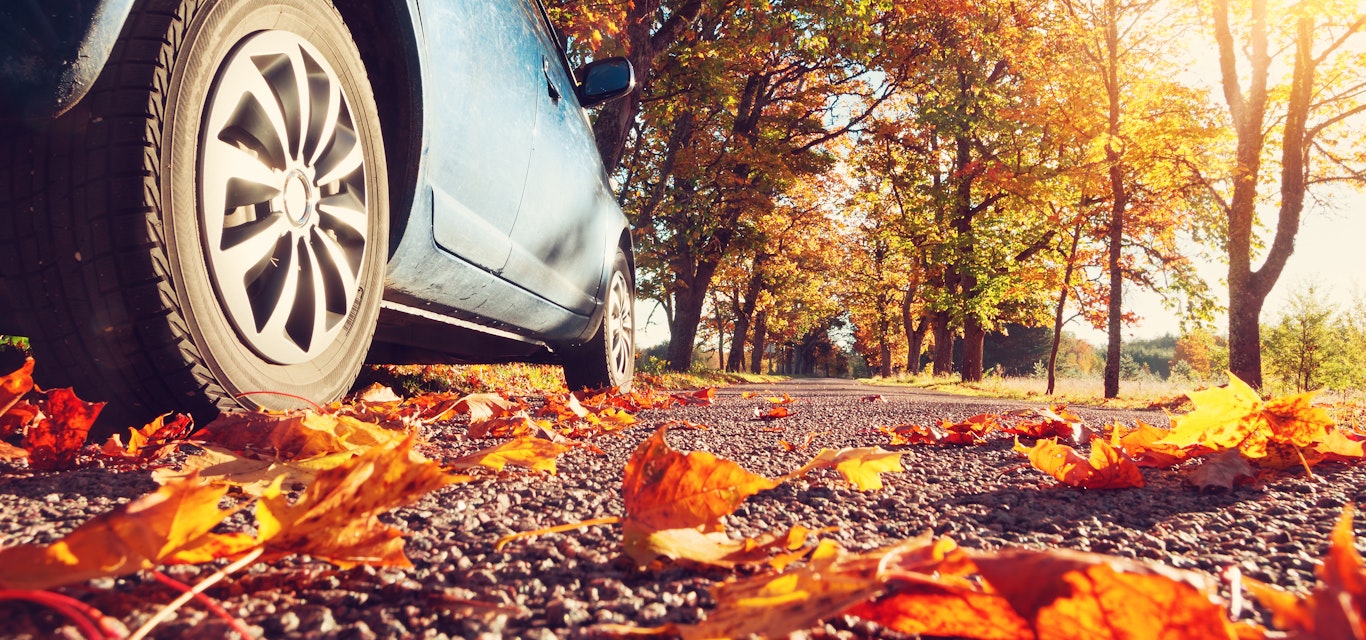Do you know your tyres?
It can be difficult to know where to start when it comes to buying new tyres for your vehicle, so here are some things to consider:
Buy the right tyres for your car
Every car will have a tyre placard sticker on it somewhere, with the right tyre size, recommended tyre pressure, speed and load ratings. Buying the wrong-sized tyre may have consequences, including the calibration on your speedo. Also, stick with a known brand.
Understanding tyre sizes
Just to confuse things, all tyre diameters are measured in inches, but the tread is in millimetres, and then there’s a percentage in the middle – are you lost yet? So are we!
A tyre size of 215/65R16 95H means the tread width is 215mm, the sidewall height is 65% of the tread width, and the wheel diameter is 16 inches. The R shows that it is radial ply construction, and the 95H is the load capacity and maximum speed rating.
We understand this is most likely overwhelming, but if you just follow the manufacturer’s tyre recommendation you won’t go wrong.
What are tyres made from?
The two main bits are the carcass, which includes the sidewalls and reinforcing that allow the tyre to hold air, and the tread belt, which is the bit that provides grip on the road.
Tyres may include natural rubber, synthetic rubber, fabric carbon and other chemicals. They may even include wire and different types of fabric.
Some vehicles are fitted with run-flat tyres so you don’t need to carry a spare. But they generally can’t be repaired, so if you get a puncture the tyre will need to be replaced.
Why are tyre patterns different?
Every tyre manufacturer has a theory on tread patterns, but in general terms different patterns exist to reduce tyre noise, increase wet or dry grip or reduce rolling resistance among a long list of other objectives.
A tyre with a wide block pattern tends to create a bit more noise on the road, particularly on coarse-chip bitumen. The positive can be better wet weather performance.
When should tyres be replaced?
Ever wondered what those small bits of rubber running across the width of your tyre are? They actually have an important purpose. They’re called tread wear indicators and are spaced at regular intervals right around your tyre.
To check your tyre tread, turn your front wheels to full lock in both directions to check the inside and outside edges. If your tread has worn down to these markers anywhere on your tyre, or it’s getting close, you should get your tyres replaced. Additionally if your tyres have any sidewall damage or a perished look get them looked at by a professional.
You can also use the head of a match to measure the tread depth. Poke it into the shallowest part of the tread and if you can still see the match head, you need to replace them.
Looking after your tyres
Check your tyre pressures regularly – if you don’t you could be using more fuel than you need, and wear out your tyres early.
Rotate your tyres between the front and rear of the car to even out wear – unless you’re prone to doing burnouts, the front tyres are often the first to wear out. If you notice any unusual wear and tear on the tyres when rotating them, you should get them looked at by a professional – you could have a suspension issue or need a wheel alignment.
When replacing your tyres, try to do all four at once. We know it’s an expensive exercise, but it will save you in the long run. If you can’t afford to replace all four tyres, try to do at least two.
